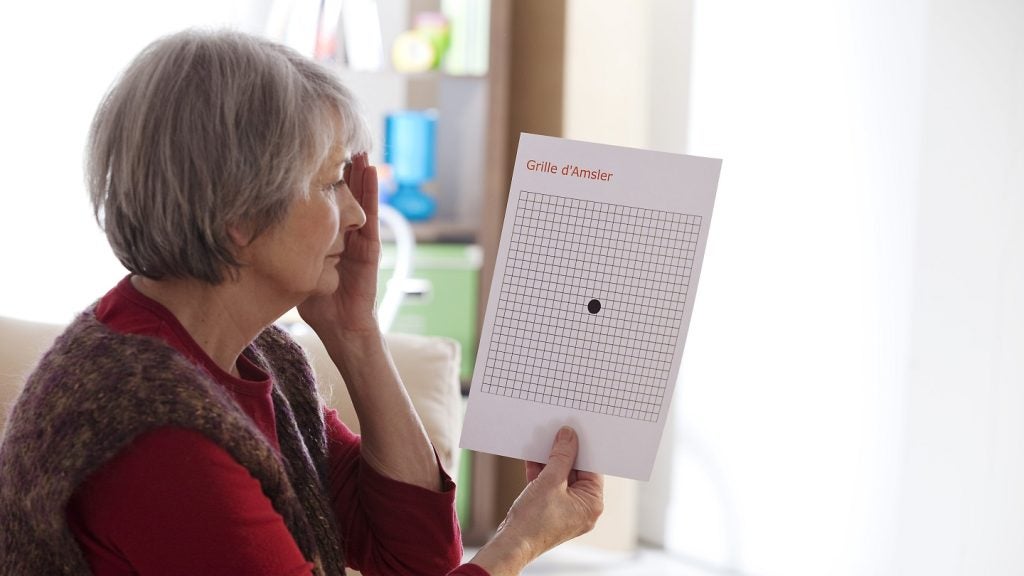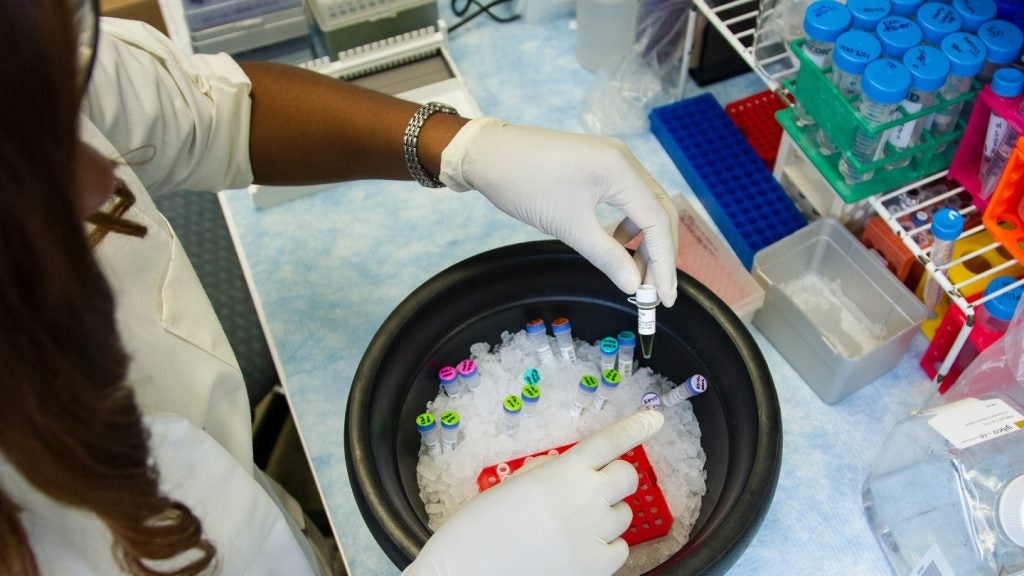US-based biopharmaceutical company Sirnaomics has dosed the first patient in a Phase I clinical trial of STP122G, an RNAi drug candidate for anticoagulant treatment.
The double-blind, single-centre cohort study will assess the pharmacokinetics, pharmacodynamics, tolerability and safety of one ascending dose of STP122G in healthy participants.
It intends to enrol 40 subjects, who will each receive STP122G subcutaneously.
The drug's tolerability and safety will be compared among 25mg, 50mg, 100mg, 200mg and 400mg doses of STP122G. One of these doses will then be selected for future studies.
Sirnaomics executive director and chief medical officer Dr Michael Molyneaux said: “This Phase I study will focus on the safety of various doses of STP122G (Factor XI programme) and it will also allow us to monitor the anticoagulation effect as well as the Factor XI reduction.
“These results will allow us to gain insight into efficacy to determine future safe and effective doses with our Factor XI programme technology.
“Successful reduction in Factor XI activity will allow us the optionality to enter many diseases states where anticoagulant therapy is needed to manage or prevent illness such as Atrial Fibrillation, blood clot prevention in patients undergoing orthopaedic procedures and blood clot prevention in patients with end-stage renal disease receiving dialysis.”
STP122G is a third-generation Factor XI anticoagulant medication that uses the GalAhead delivery system to inhibit the production of Factor XI by targeting the hepatocytes.
Sirnaomics president and CEO Dr Patrick Lu said: “STP122G is our first GalAhead-based RNAi drug candidate and has been well-validated for its anticoagulant therapeutic potential with a remarkable efficacy using a non-human primate model.
“With a Phase I clinical study on the drug started and the first participant’s dosing completed, we are not only helping advance anticoagulant therapies but also giving hope to a vast patient population with substantial unmet needs in the realm of anticoagulation disorders.”















